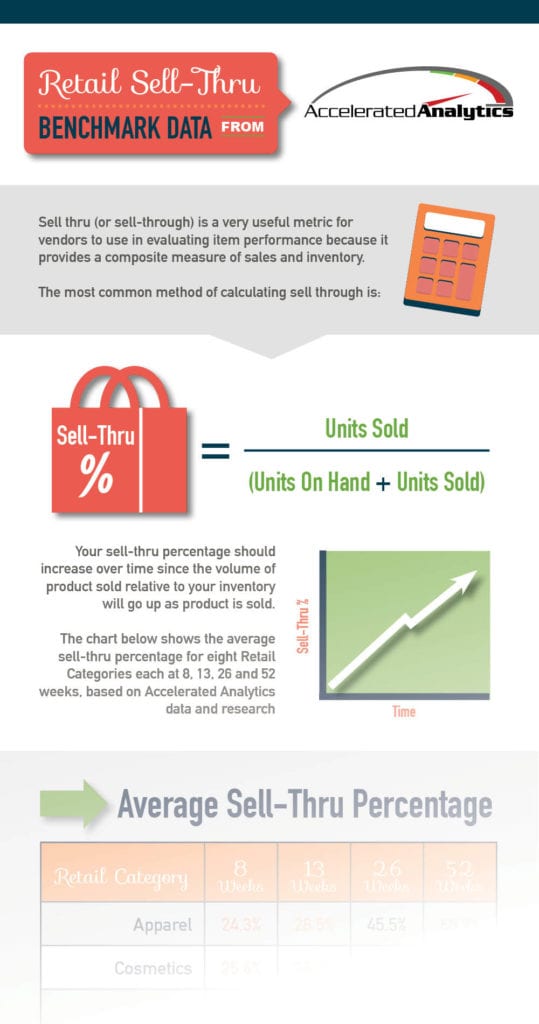
Suppliers count it as a win when they place a product line with a major DIY chain like Home Depot or Lowes. But understanding the details of how your products are selling can enable you to maximize your efforts and make the most of the typically slim margins you’re able to negotiate. The good news is that your retailers give you the information you need every week. But you need to use the right tools to turn their raw data into actionable insights.
Get the data
Major retailers routinely make their point-of-sale (POS) transaction data available to their suppliers, but the complexities of collecting and digesting it in a reasonable time frame get in the way of actually using the information. While some retailers use the standard EDI 852 format to deliver their weekly cash register data to suppliers, each retailer modifies the content of those files to meet their own needs. That means you need to convert the files to a common format before you can even start to analyze them. And some retailers don’t use the standard format, preferring to send spreadsheets or simply raw text files, further complicating the job of standardizing the data and readying it for analysis.
Look inside
The good news is that once you’ve cracked the code and converted all that POS data into information, you can look at trends and results from a variety of different perspectives. From a high level, the data can let you know what regions and which stores are selling each item. And analysis platforms like Accelerated Analytics go even farther. According to Jennifer Freyer, Director of Sales and Marketing for Accelerated Analytics, “Suppliers can take advantage of different reports, easy to read dashboards, and geographic heatmaps. It’s easy to click and see where inventories are too high or too low, then drill down to store level for specifics. They can track promotions and see which stores are hitting or not hitting sales goals.” By using those kinds of tools you can decide to adjust your product mix to better allocate items that may be in short supply.
Make it a reality
Because POS data is delivered weekly, you can look at trends and predict item performance down to the shelf level in order to plan your recommendations to store buyers. But most vendors don’t have the time and technical ability to deal with the inbound data, much less the complexity of converting the various data files into a common format, then apply the analytical processes needed to produce easily understandable results. Fortunately services are available from experts in doing exactly this kind of work and can do the heavy lifting for you. They deliver a variety of reports that have been field tested and designed based on common issues suppliers face and they are customizable to meet the specifics of your business, products, and customers.
Suppliers can gain insights and help to direct their field staff to look for and correct conditions that can improve sales of their products, like improper placement on shelves. But of possibly more impact may be the ability to assist the retailer’s product managers with their responsibilities by proactively advising them on opportunities to make changes in product assortments, then track and report those results to show their effectiveness. Forward thinking suppliers are already taking advantage of the data their customers give them to sell more of their products.
Scott Koegler is a technology journalist with 20 years experience writing about business, computing and technology topics.

